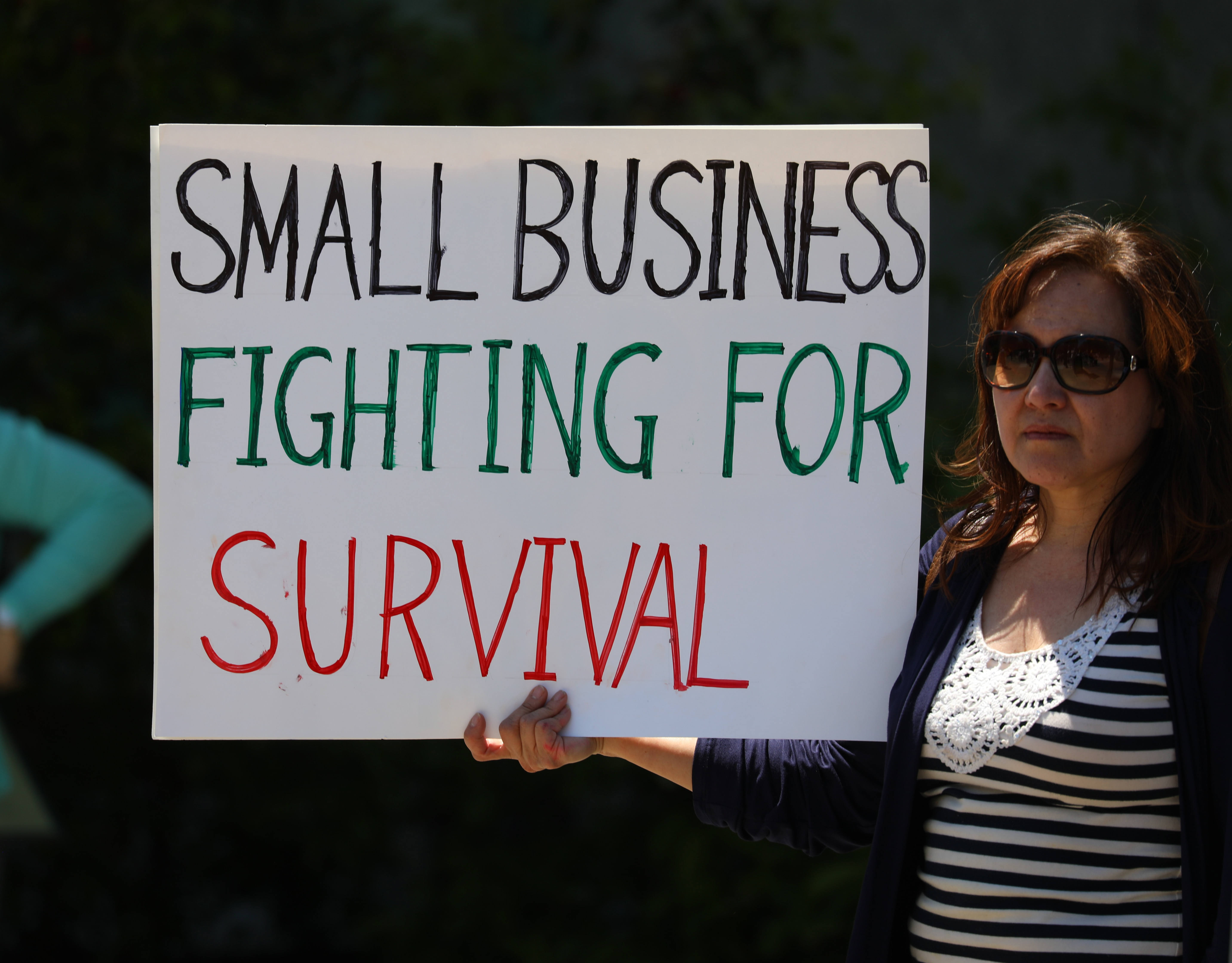Photo by Random Sky on Unsplash
Civic Centres
The pandemic is acting as a major accelerant of pre-existing trends. Secondary retail locations continue to struggle, only now even more so as the travails at Intu and Hammerson testify. It has now reached a tipping point where even a traditionally conservative sector cannot keep doing the same thing and expect a different outcome. Google, perhaps, points the way. In 2019, they leased over half a million square feet at the Westside Pavilion, a Los Angeles Mall fallen on hard times. The shopping centre will open as a business centre, albeit exclusively for use by Google, in 2021.
There is also a further agent of change at play. Several local authorities, in a desperate search for new sources of revenue to fund services, have acquired shopping centre assets, none of them particularly prime. Many commentators have questioned the wisdom of this strategy. Here too it is likely that there will have to be a major remodelling as tenants shutter stores in greater numbers and units remain empty for the long term.
In parallel, local authorities are also placing a high priority on ‘reviving the high street’ regen projects often coupled to affordable workspace commitments. This is forging (and forcing) more imaginative integrated civic centre developments where people can work, rest and play. Tikehau Capital and Areli Real Estate’s Nicholson Quarter Shopping Centre scheme in Maidenhead is an exciting and ambitious hint of the future in this regard.
Now seems the right time to explore the re-invention of the shopping centre where workspace is introduced to revive dead space. As retail rents crater and retail covenants collapse, the flexible workspace option becomes more appealing to asset managers and developers. At the same time, the planning environment is now more empathetic, with central government actively considering fast tracking ambitious schemes.










